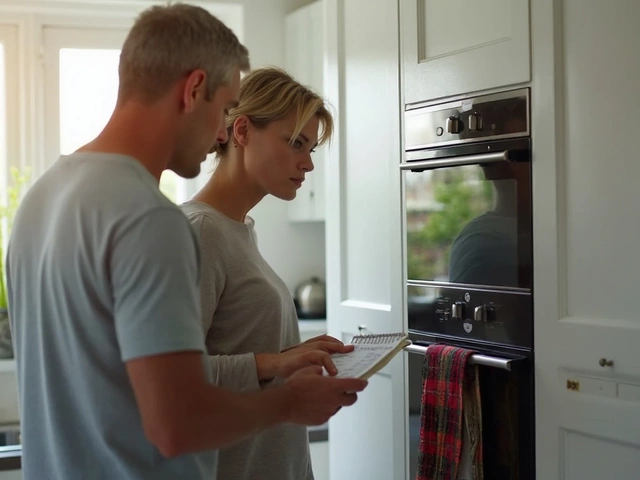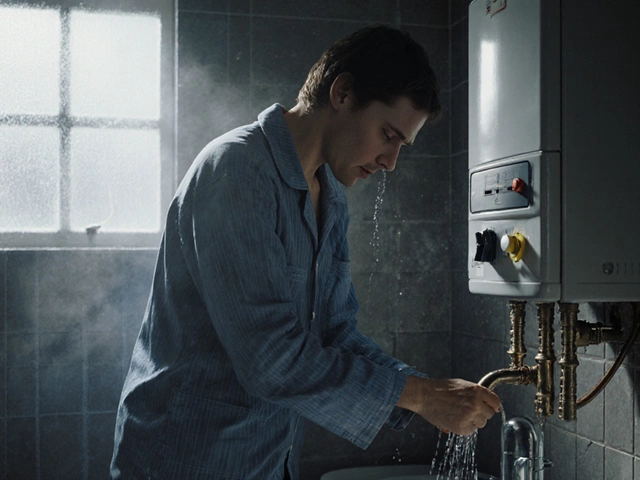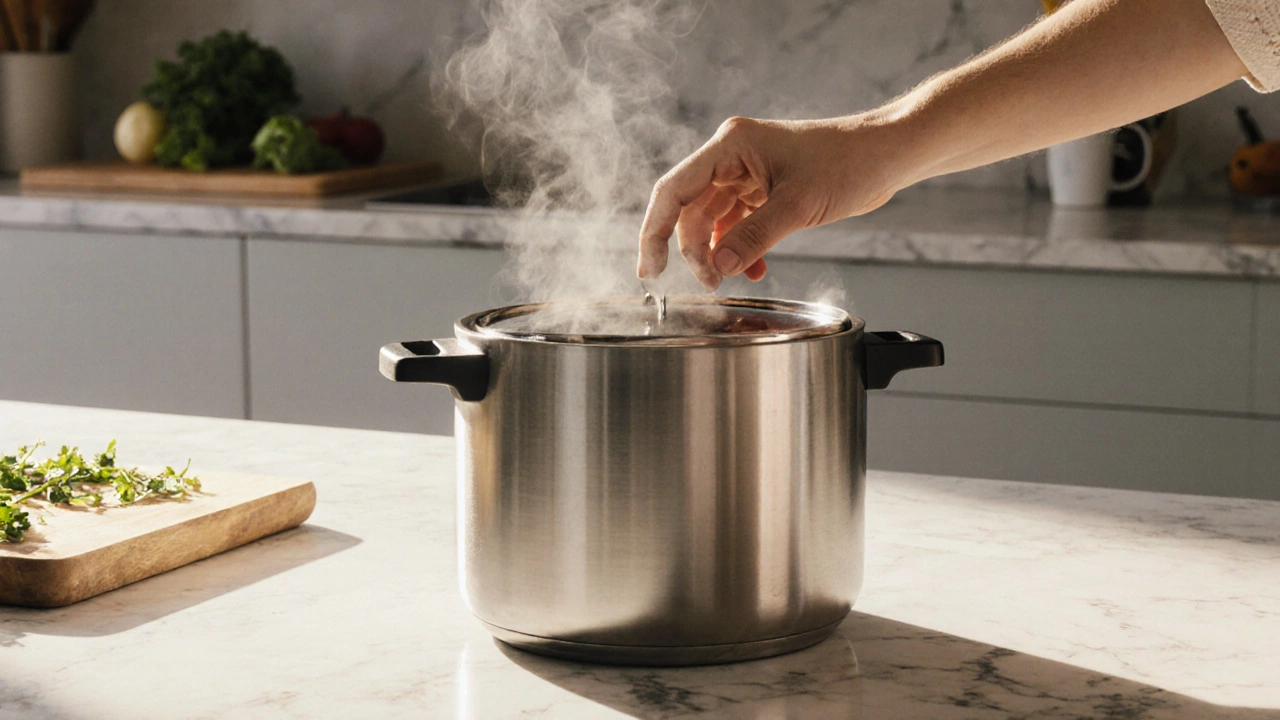Pressure Cooker Problems – Quick Fixes & Safety Guide
When dealing with pressure cooker problems, issues that prevent your cooker from building or releasing pressure safely. Also known as pressure cooker faults, they can wreck a recipe and put you at risk. Pressure cooker problems are more common than you think, especially in busy homes where the appliance gets heavy use.
One of the first things to check is the pressure cooker safety, the set of features designed to stop over‑pressurisation. The safety valve, sealing gasket, and pressure release system form a trio that ensures safe operation. If the valve sticks, the gasket warps, or the release knob won’t turn, the cooker may whistle, leak steam, or even burst – a classic example of the semantic triple: Pressure cooker problems encompass safety valve leaks.
For stovetop pressure cookers, the traditional metal pots that sit on gas or electric burners, the heat source adds another layer of complexity. Uneven flame can cause the pot to overheat, which stresses the sealing ring and can trigger premature wear. Knowing that troubleshooting stovetop pressure cookers requires understanding of heat distribution helps you spot the issue before it escalates.
Modern electric pressure cookers, stand‑alone devices with built‑in sensors and digital controls bring convenience but also unique fault patterns. Faulty sensors may misread pressure levels, leading to under‑cooking or safety shutdowns. Recognising that electric pressure cooker troubleshooting often involves sensor calibration saves you a trip to the repair shop.
All these scenarios tie into a broader theme of kitchen appliance repair, the service of fixing any malfunctioning cooking equipment. Whether it’s a pressure cooker, oven, extractor fan, or fridge, the same diagnostic mindset applies: isolate the faulty component, test it, then decide to repair or replace. This connection underscores the triple: Proper maintenance of pressure cookers influences overall kitchen safety.
Here’s a quick checklist you can run before calling a technician:
- Inspect the gasket for cracks or sticky residue.
- Test the safety valve by gently pressing it – it should pop out easily.
- Ensure the pressure release knob turns smoothly.
- For stovetop models, verify the flame is centered and moderate.
- For electric units, reset the system and run a short test cycle.
If any step fails, note the symptom and move on to the next – it speeds up the repair conversation.
Cost‑wise, minor gasket or valve swaps often run under £30, while sensor replacements in electric units can reach £80‑£120. When parts are hard to find or the cooker is over ten years old, a full replacement may be more economical. In those cases, consider a model with automatic safety checks to avoid future headaches.
Now that you know the typical culprits, safety checks, and when a professional’s help makes sense, you’re ready to tackle the list of articles below. Each post dives deeper into a specific appliance issue, giving you actionable tips whether you’re a DIY enthusiast or just looking for peace of mind.






